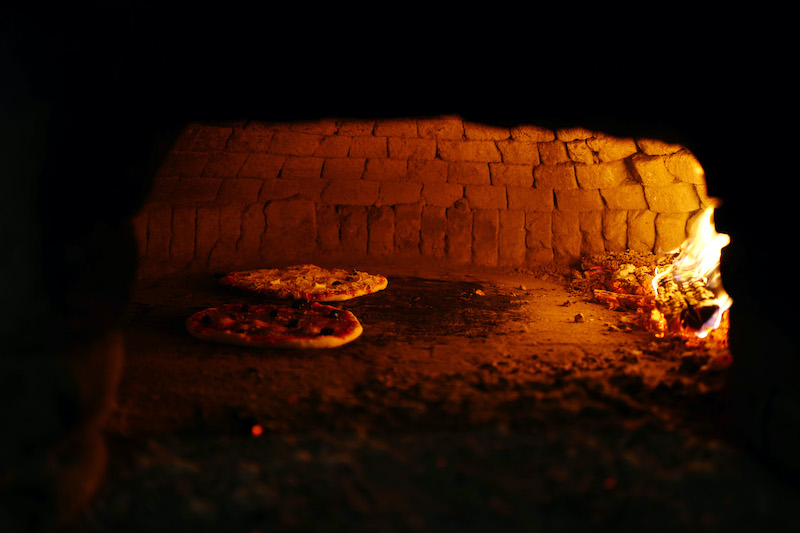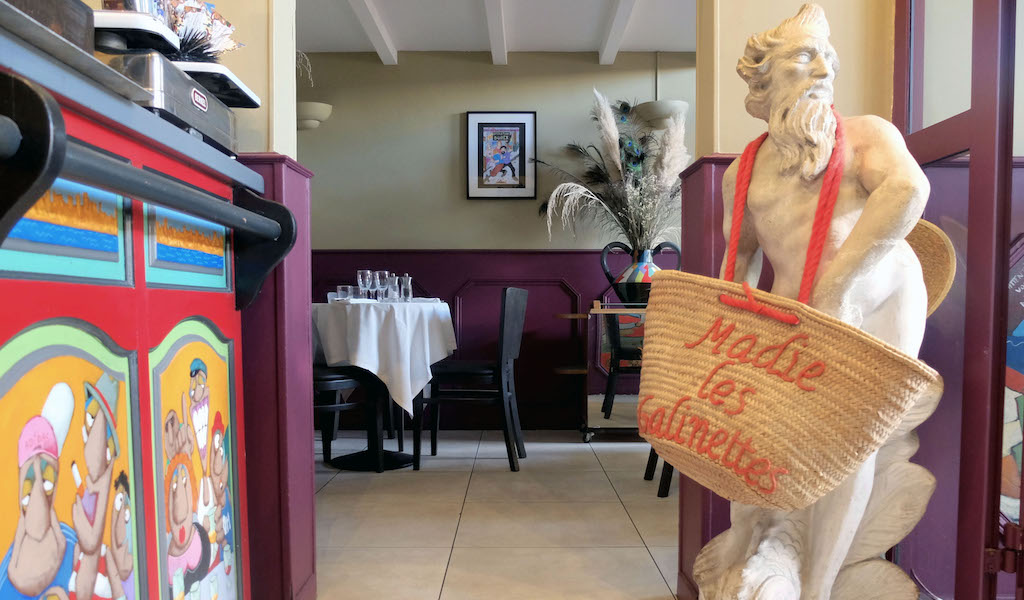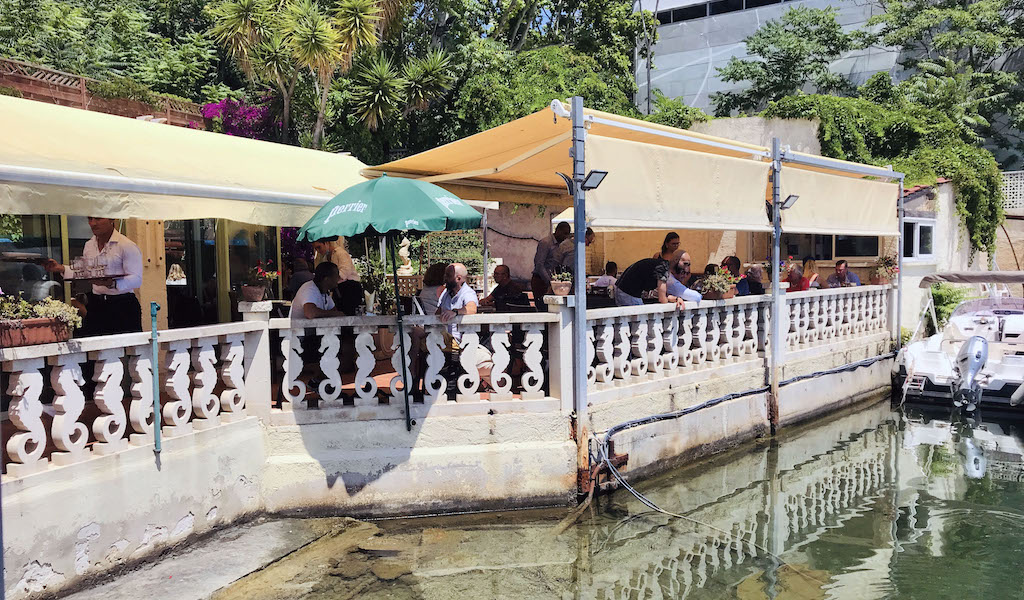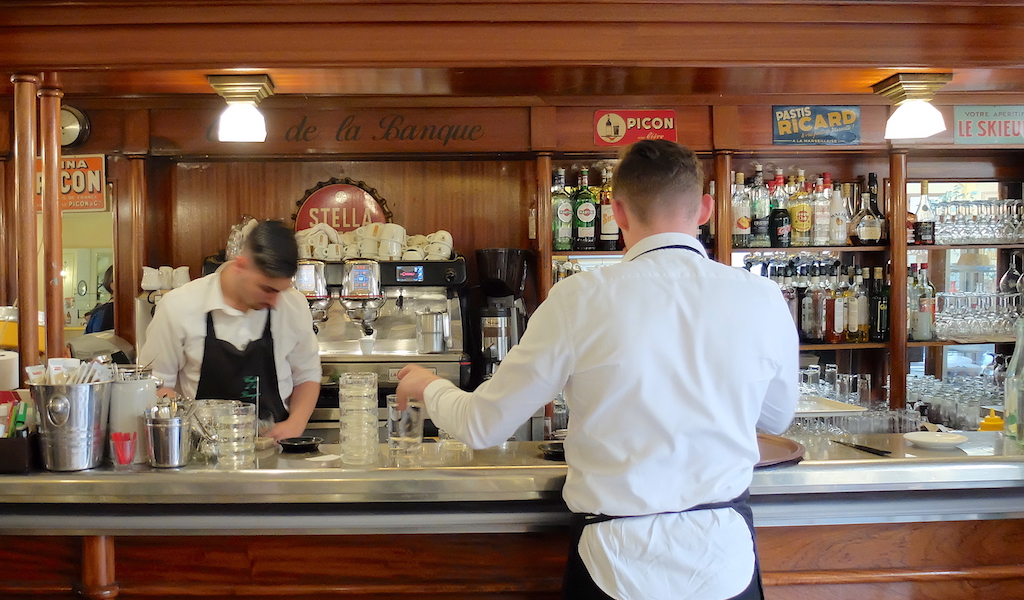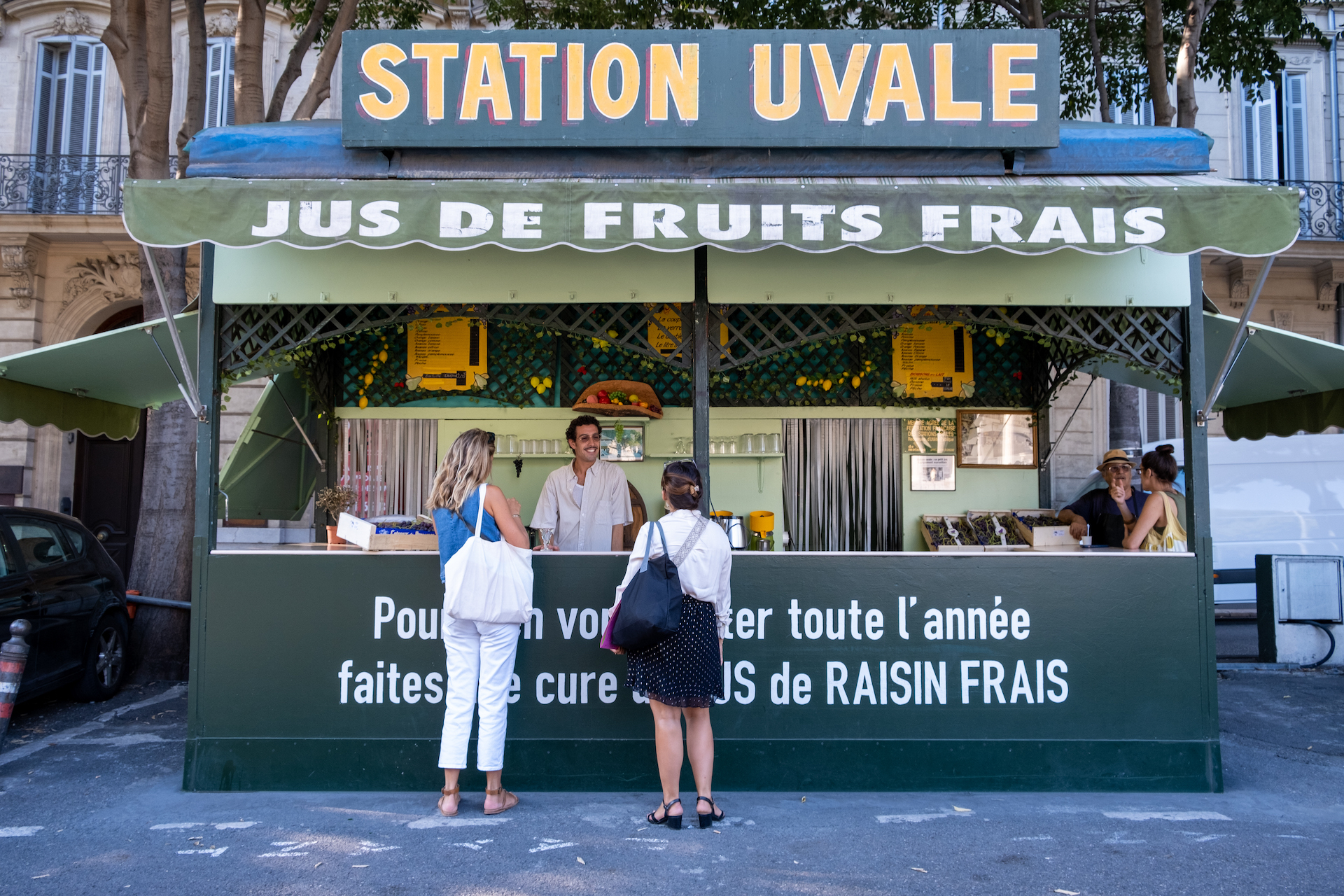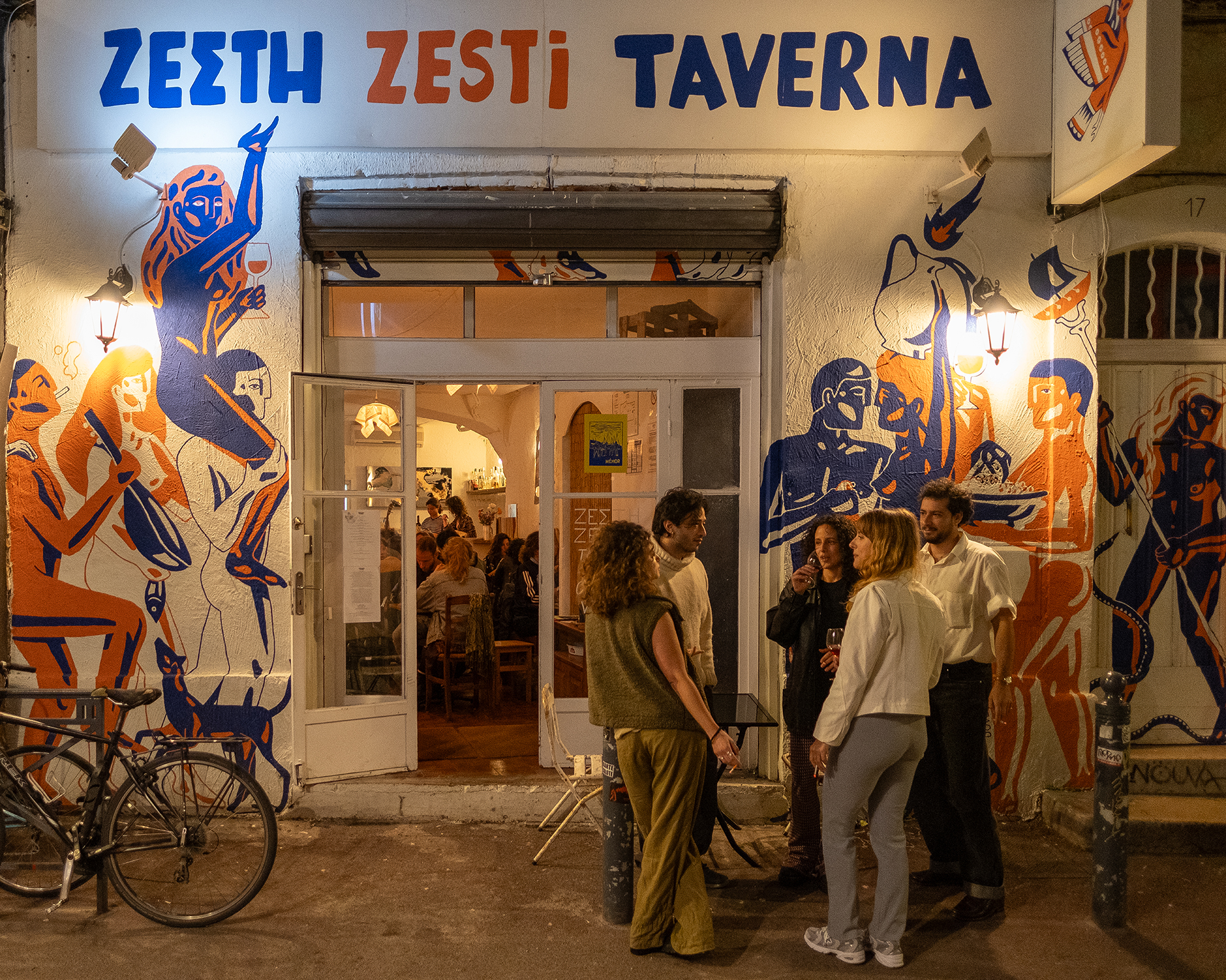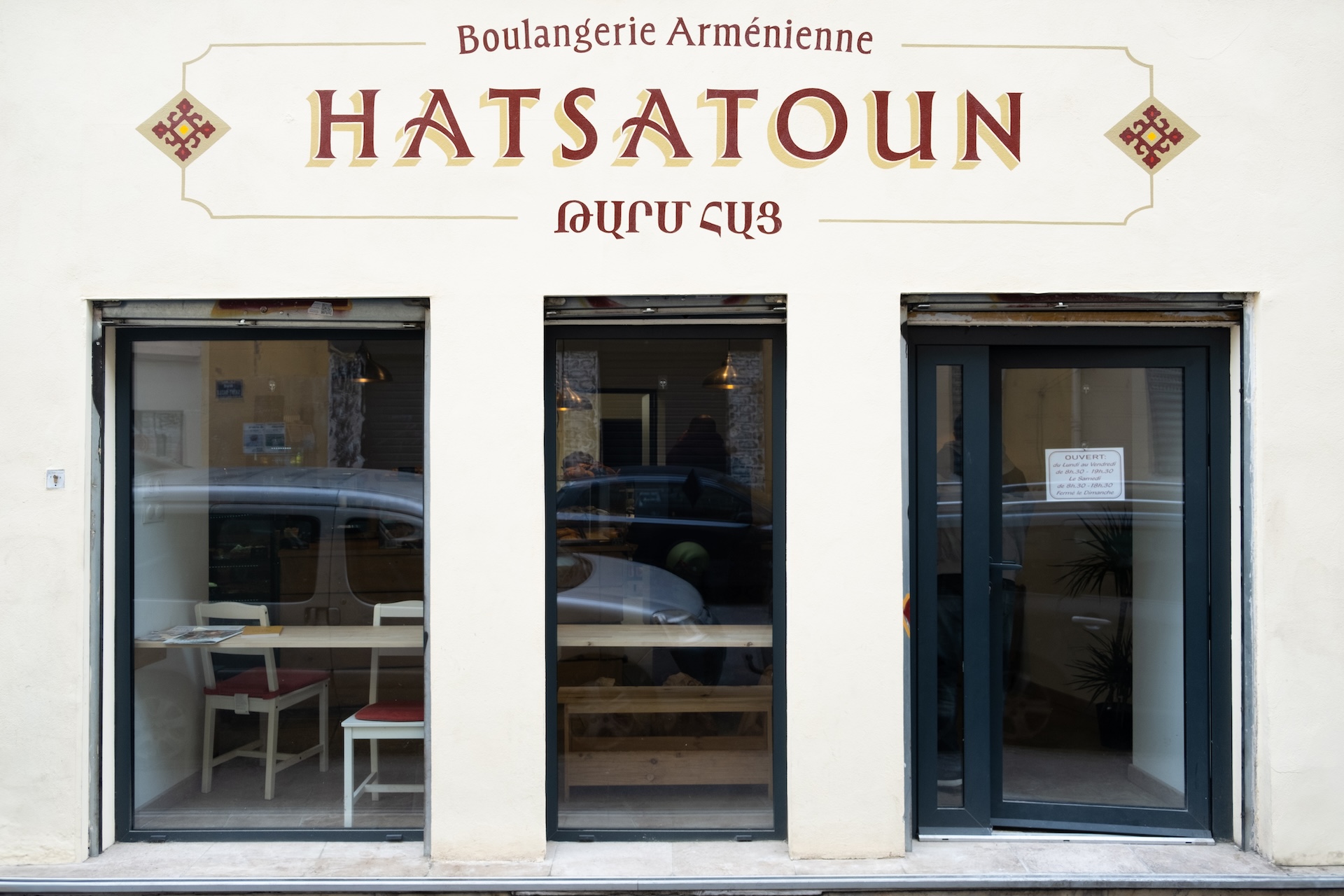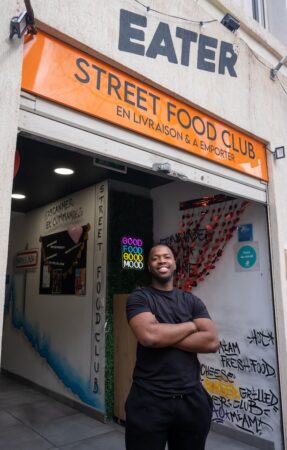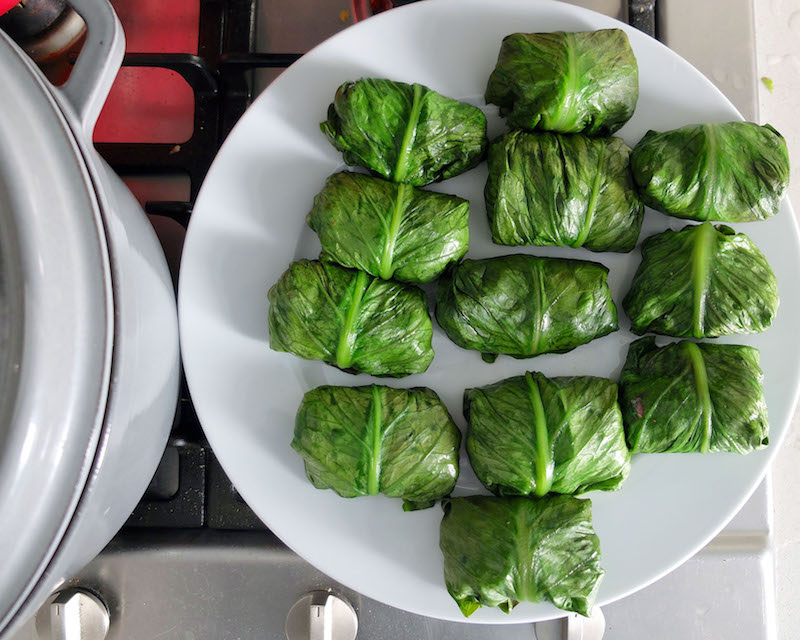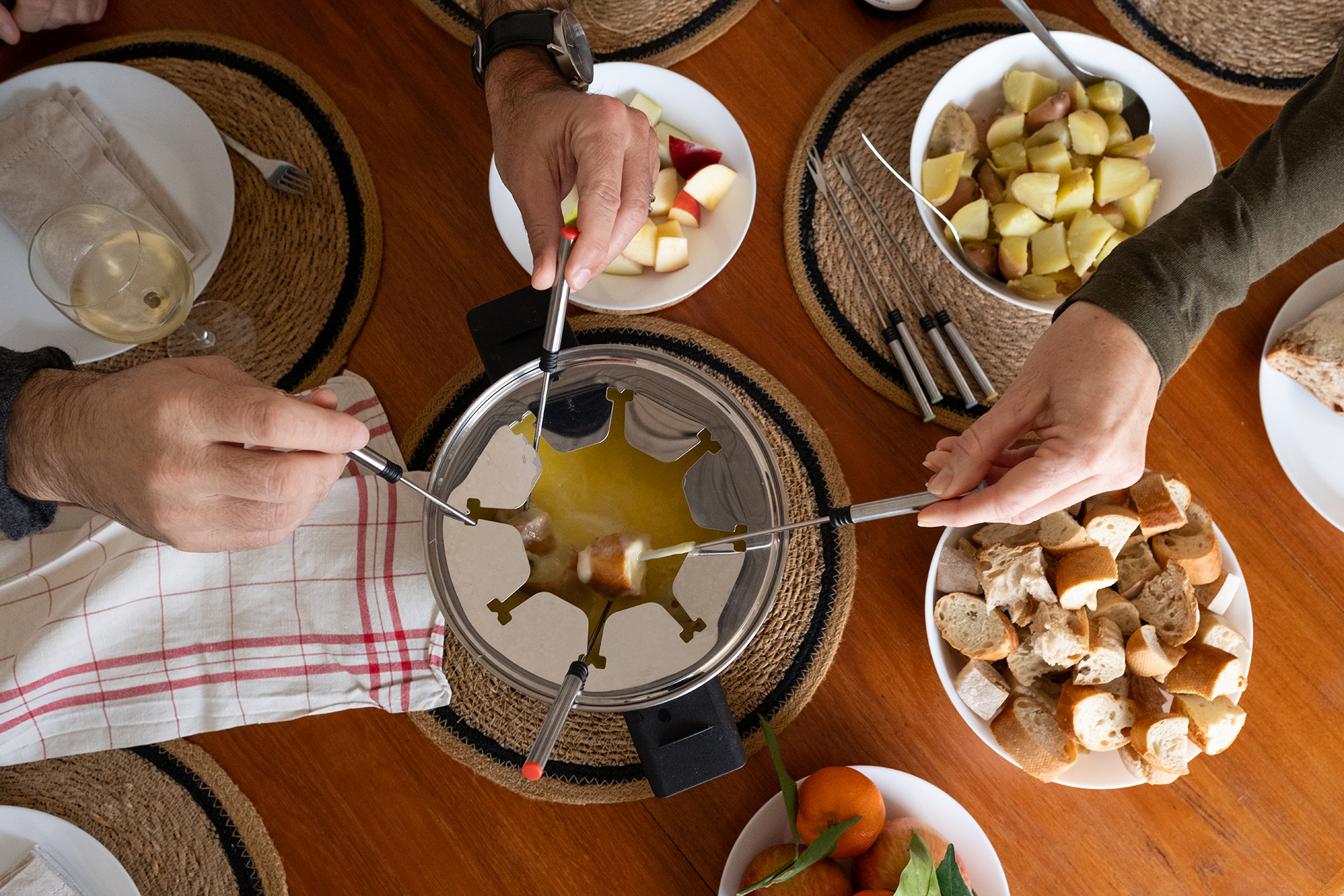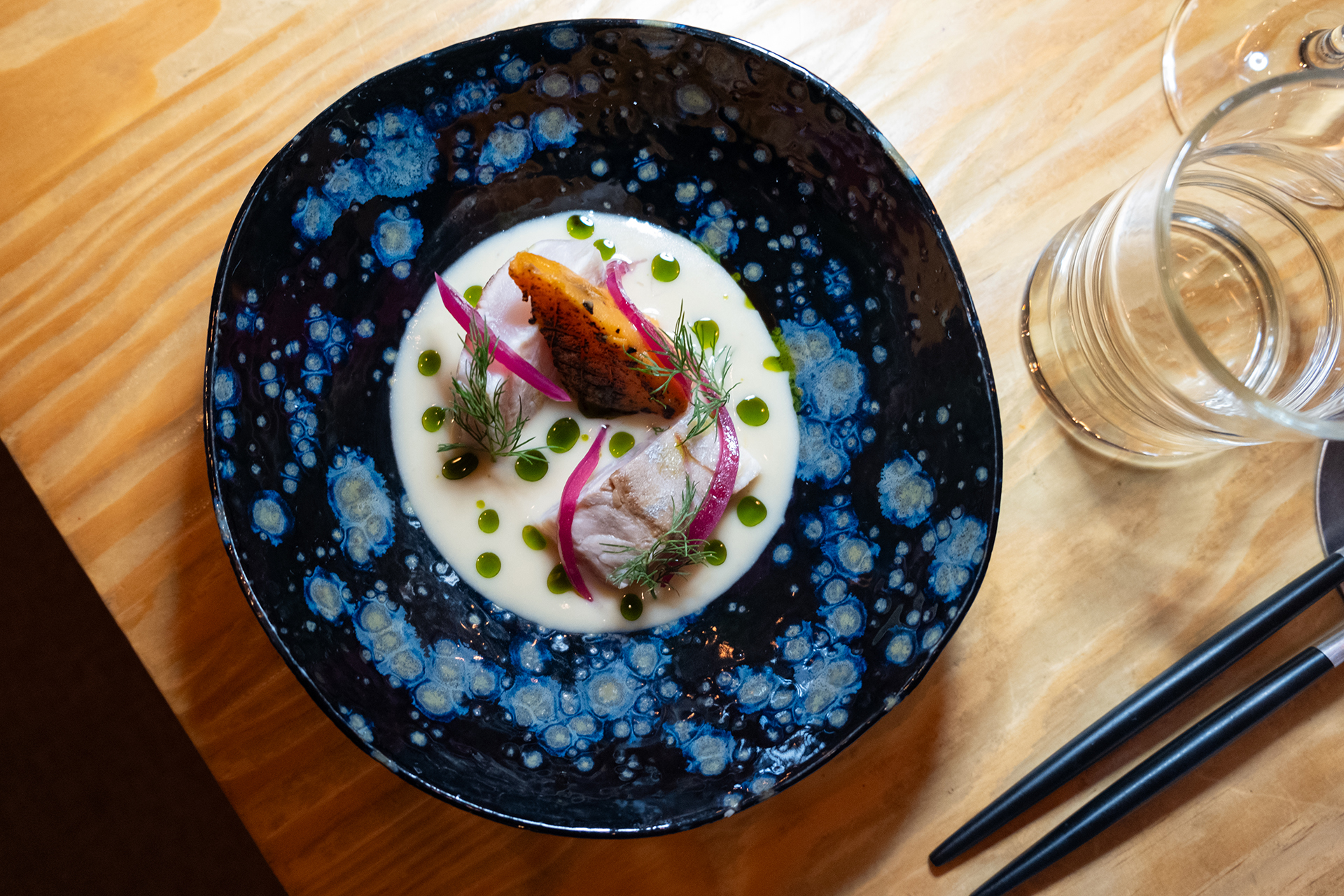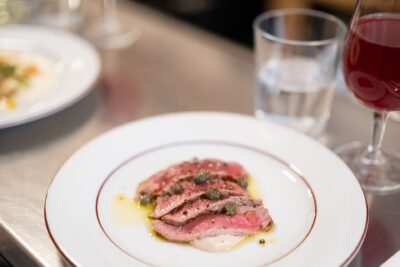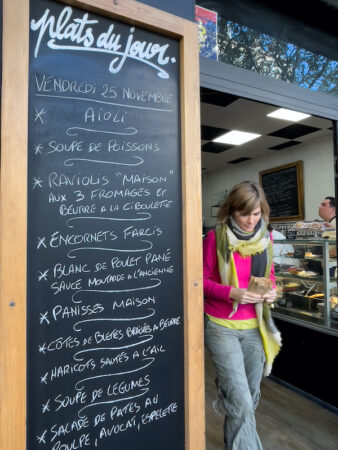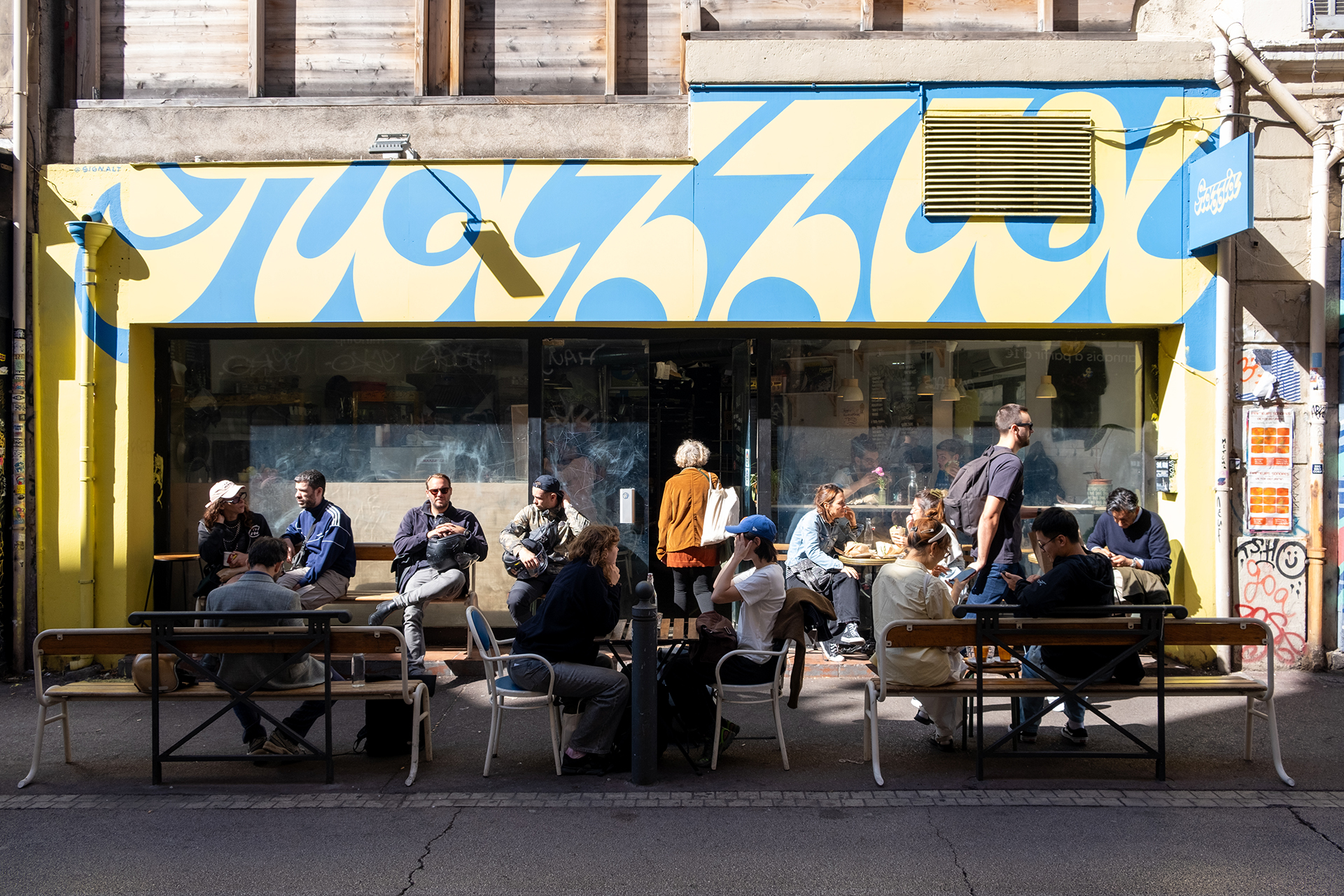We can't find the internet
Attempting to reconnect
Something went wrong!
Hang in there while we get back on track

Marseille
Marseille's culinary record
Walk down the street in Marseille and you are as likely to find men in djelabas sipping Moroccan mint tea at sidewalk tables as you are to find pastis – Provence’s definitive drink – poured in neighborhood bars. This multicultural montage is a reminder that Marseille’s identity is influenced as much by France as it is by the other side of the Mediterranean.
Get the Full Story →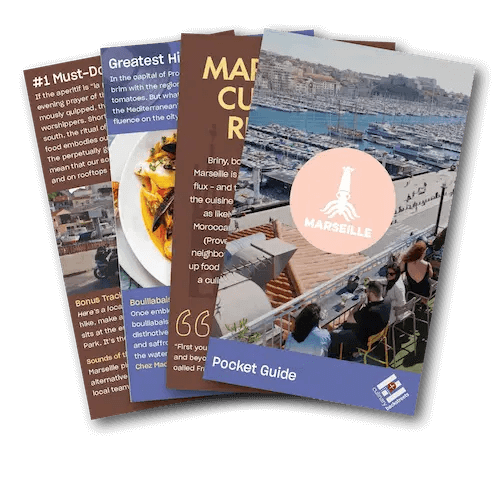
Get Your Free Marseille Pocket Guide
Introducing our pocket-sized Marseille guide — perfect for your next culinary adventure. Yours free when you sign up for our newsletter.
Get Your Free Marseille Pocket Guide
Introducing our pocket-sized Marseille guide — perfect for your next culinary adventure. Yours free when you sign up for our newsletter.
Visual Dispatches from the Frontlines of Local Eating
Marseille Videos
Your Questions, Answered
Marseille is in the south of France in the Provence-Alpes-Côte d’Azur region. 1.7 million people live in the metropolitan area and 850,000 in the city itself. This makes it the second largest city in France in terms of population. Its commercial port is the biggest in France and the third largest in the Mediterranean.
Marseille is famous for the Notre-Dame de la Garde basilica (aka the Bonne-Mère), the highest point in the city that boasts an incredible view. Other top places to visit in Marseille are the Vieux-Port, Château d’If, the Parc National des Calanques, Mucem museum, and Le Panier neighborhood. Marseille is also known for its significant cultural heritage, from Savon de Marseille to tarot, as well as its typically Southern culture of pastis and pétanque.
The best time to visit Marseille is from April to May or September to November, when tourists visiting during the peak season of June to August have returned home, freeing up the beaches, attractions and accommodations.
The weather in Marseille is very good. The summers are warm, dry, and mostly clear and the winters are cooler and windier. In the winter, its warm enough to eat outside in the sun. In the shade, you’ll want a warm jacket. Over the course of the year, the temperature typically varies from 39°F to 84°F and is rarely below 30°F or above 90°F. The rainy season is usually in April/May or November/December. The famous mistral wind blows all year – in the winter it makes the temperature drop 10°F or more.
Marseille is not as expensive as Paris, but it is not a cheap destination. You can find a wide range of lodging and dining for every budget. You can plan to spend around €117 ($134) per day on your vacation in Marseille, which is the average daily price based on the expenses of other visitors. Past travelers have spent, on average, €34 ($39) on meals for one day and €23 ($26) on local transportation.
It is generally safe to travel to Marseille, but visitors should be alert to minor criminal activities such as petty theft and pickpocketing. And as in all major cities in the world, one must be aware of one’s surroundings in the city of Marseille to stay safe at all times. Keep your purse/bag close to you as well as your phone.
Marseille is well known for pizza, especially its wood-fired pizzas with anchovies or cheese. Locals also love sautéed squid with garlic (supions a l’ail), grilled sardines, aioli (steamed fish and vegetables with garlic mayo often served on Fridays), panisses (chick-pea fritters), and tapenade and anchoiade. The most popular Marseille drink is pastis, the iconic anise-based spirit that was born in Marseille. Marseille’s mythical dish is bouillabaisse, a poor man’s fish soup that has become so highly priced in restaurants it now is mostly eaten by tourists or by locals for a special celebration. Heads up – it is very filling.
The best area to stay in Marseille is the Vieux-Port because of its central location and lively port. It is within walking distance to many attractions, restaurants, and other neighborhoods. The medieval forts that stand guard at the mouth of the Mediterranean remind visitors of Marseille’s key role as a seaport for over 26 centuries. Other lodging options are along the sea, in Le Panier, and near the Gare St. Charles train station.
The COVID-19 situation in Marseille is good because France’s vaccination rate is so high. One needs to have a pass sanitaire/health pass to visit restaurants and sights. Marseille has some of the best hospitals in France as well.
U.S. citizens who are fully vaccinated and traveling from the U.S. are allowed to travel to France for any reason. These travelers need to provide a proof of vaccination, a negative COVID test performed within 48 hours prior to departure, and will not need to quarantine.
Direct flights to Marseille are available from many major cities in Europe on both international carriers and low-cost airlines. There are no direct flights from the US. Most connections go through Paris, Amsterdam, or London with short layovers. You can also take a 3hr 15-minute high-speed train from Paris.
Marseille has a very diverse dining scene from the traditional to the trendy. Try Chez Etienne for pizza, Boîte á Sardines for fish, Chez Madie les Galinettes for Provençal cooking, La Femina for couscous, and Restaurant AM for a 3-Michelin star splurge. Please check our top 10 essentials list for our latest tips.
On 26 miles of coastline, Marseille has a wide variety of beaches. Plage des Catalans (closest to the city center) and Plage de Prophète are sandy, great for swimming, and good for all ages. Anse Maldormé, Anse Malmousque, and Anse Fausse Monnaie are rocky coves with turquoise inlets – authentic beaches that locals love. In the Parc National des Calanques, you can also hike to picturesque coves at Sormiou, Morgiou, and Les Goudes.
Marseille is a great family destination. There is a wonderful mix of history, cultural spaces, street art, and walkable neighborhoods. Many restaurants serve kid-friendly food like pizza. Marseille’s prime location on the Mediterranean and temperate climate means lots of outdoor activities like hiking, biking, swimming, and boating are available year-round. May – October are the best months for water sports.

